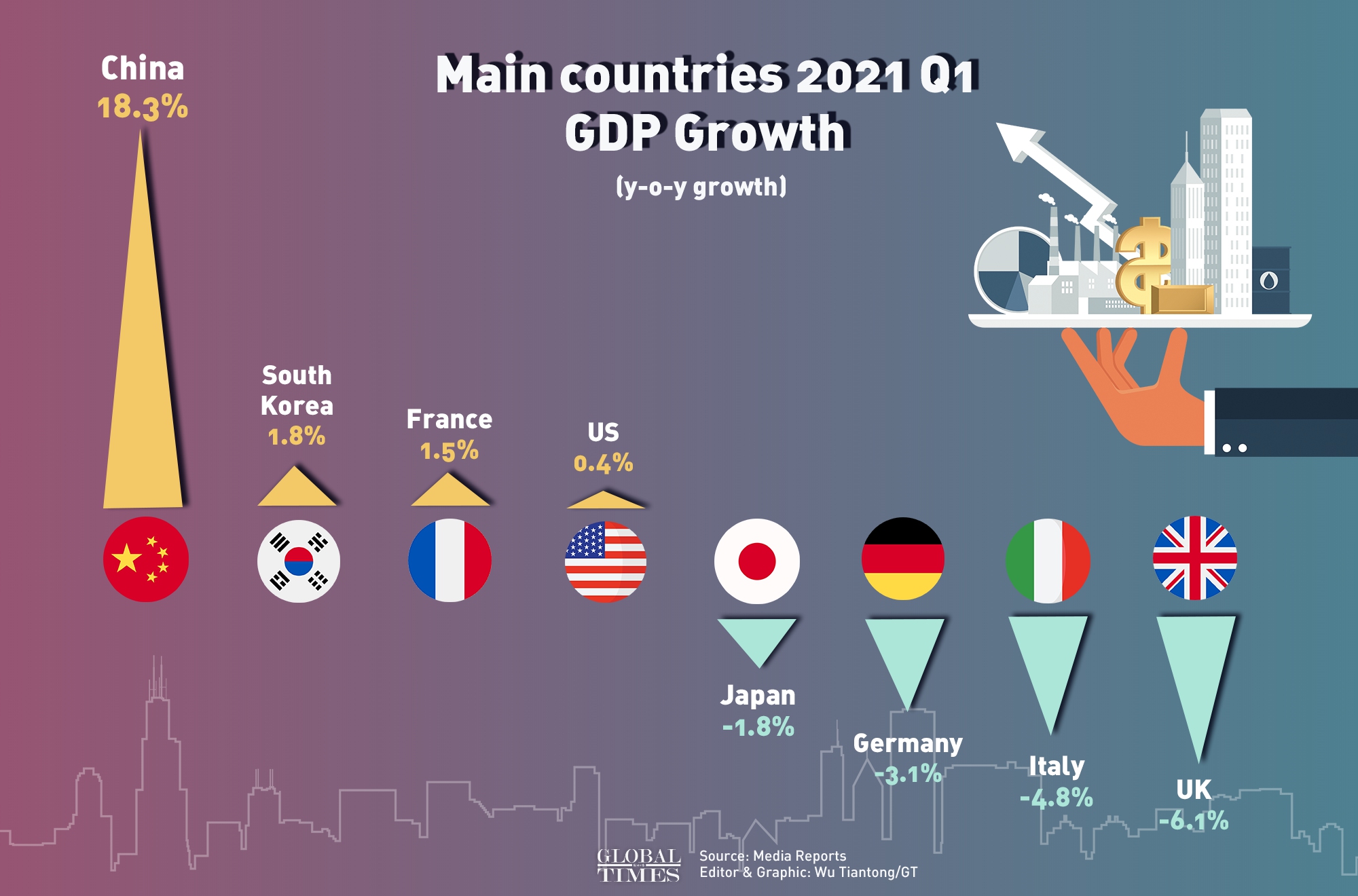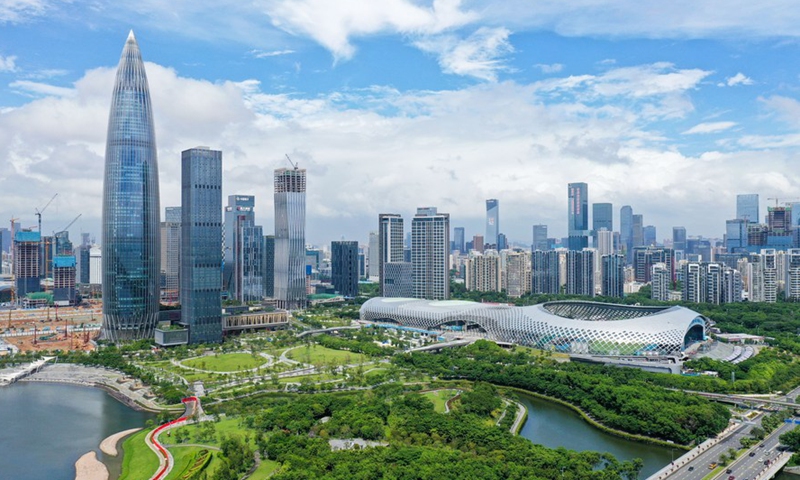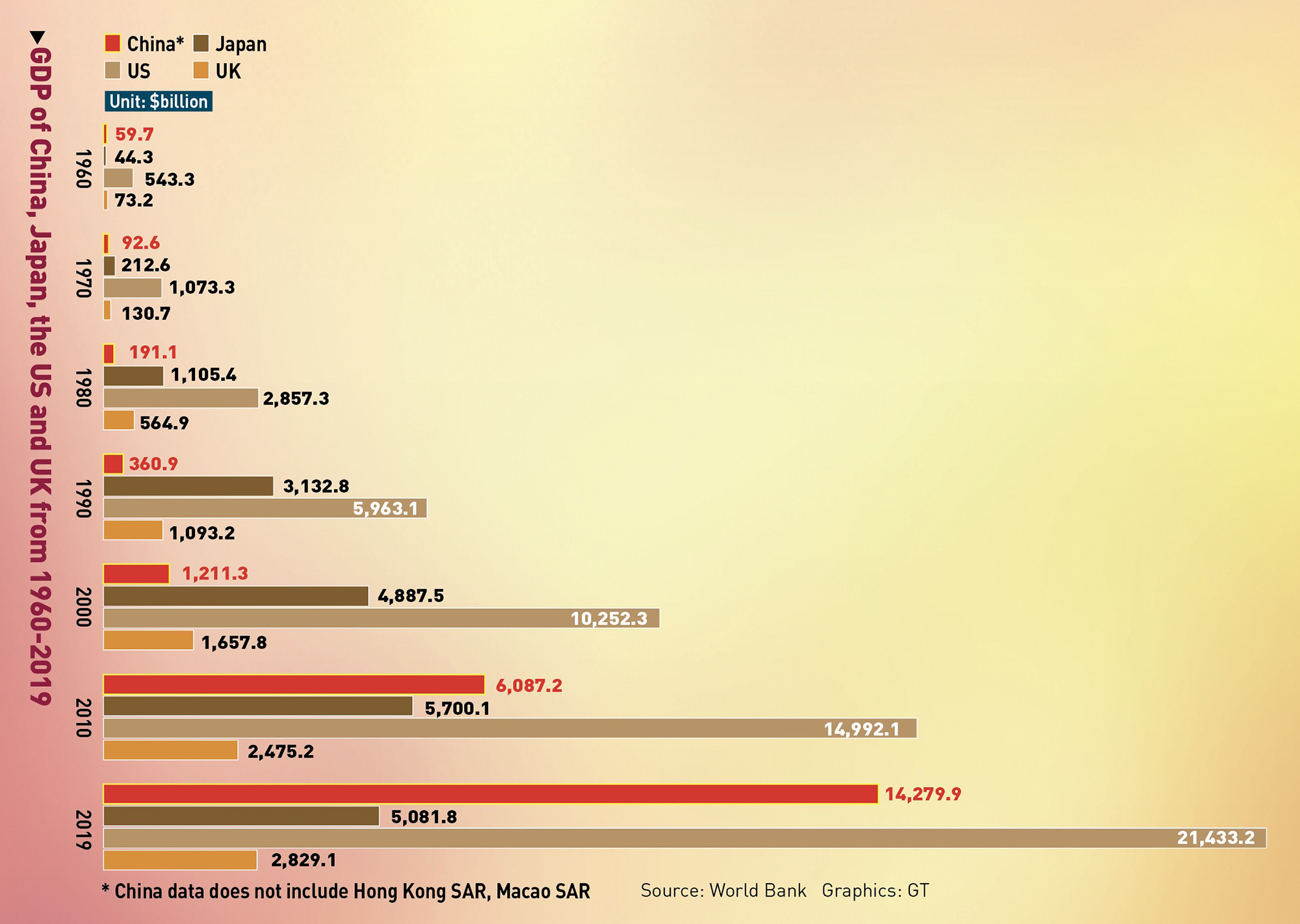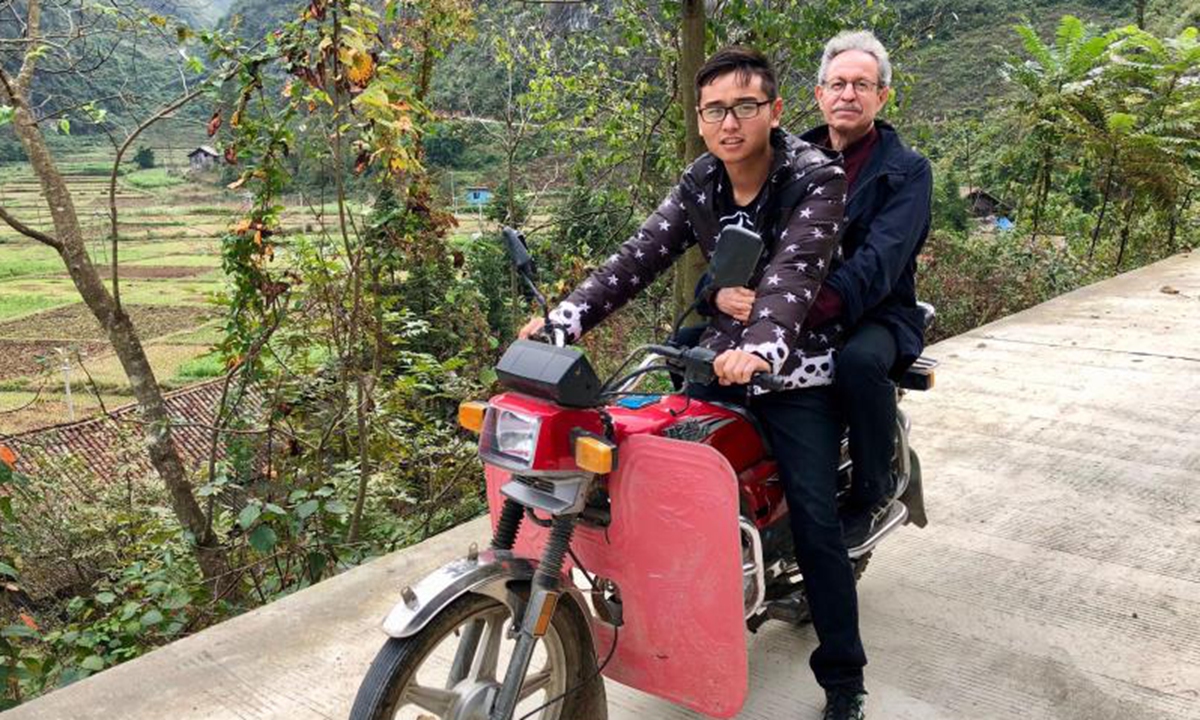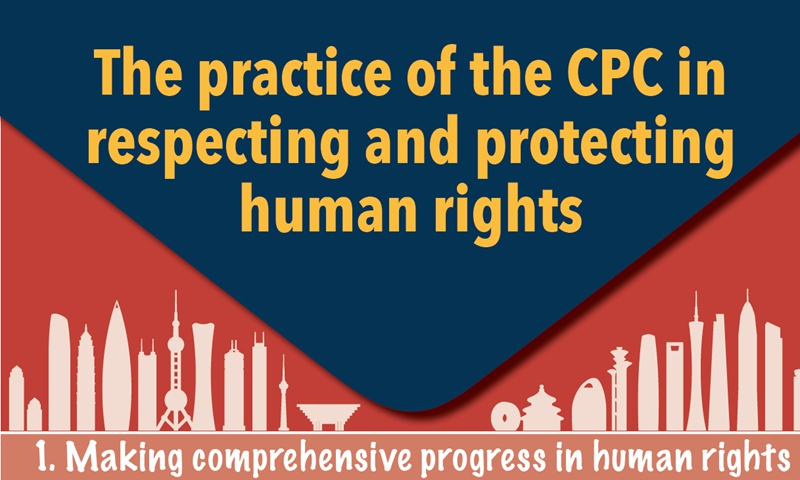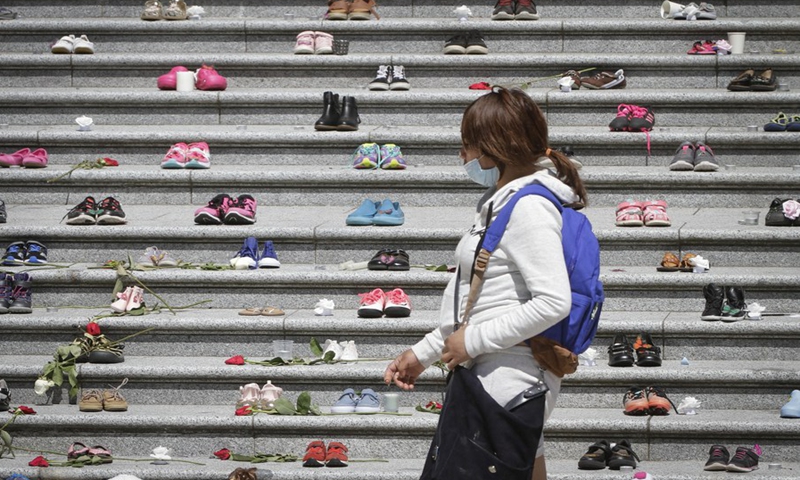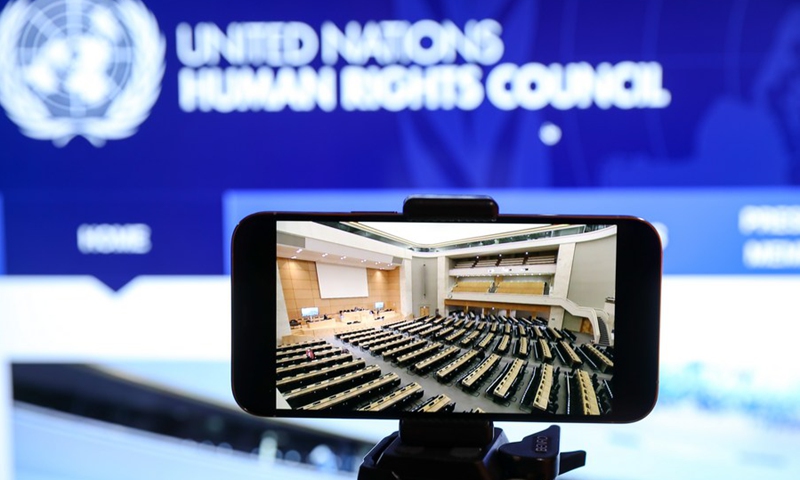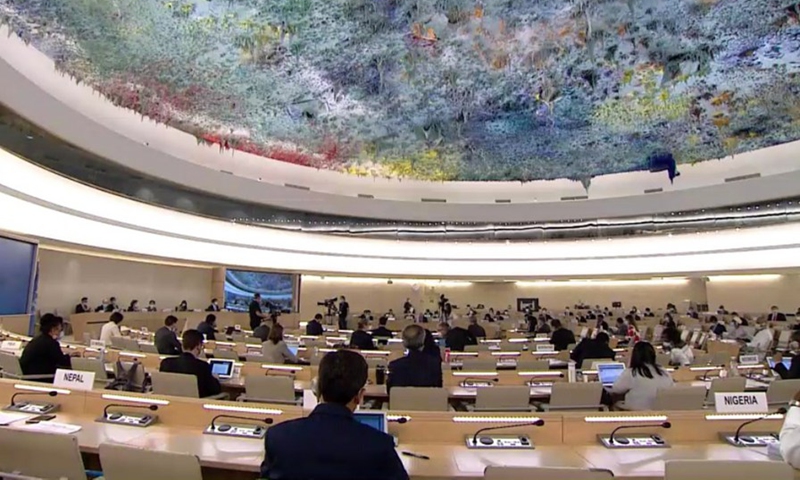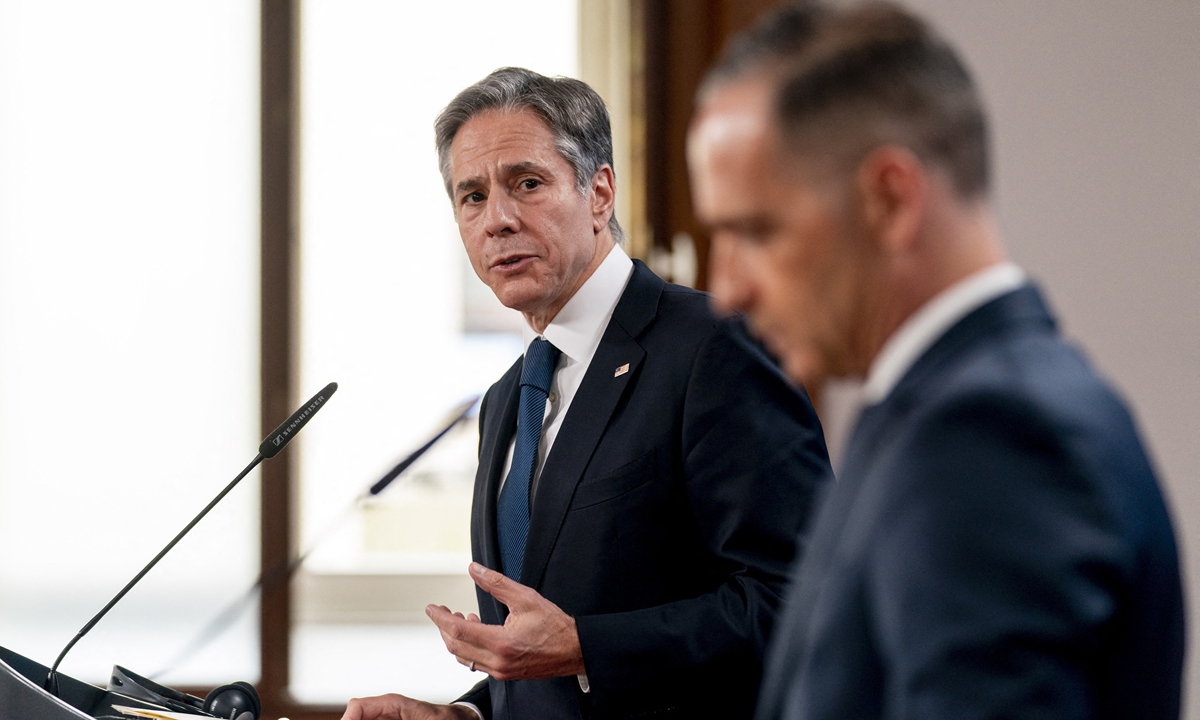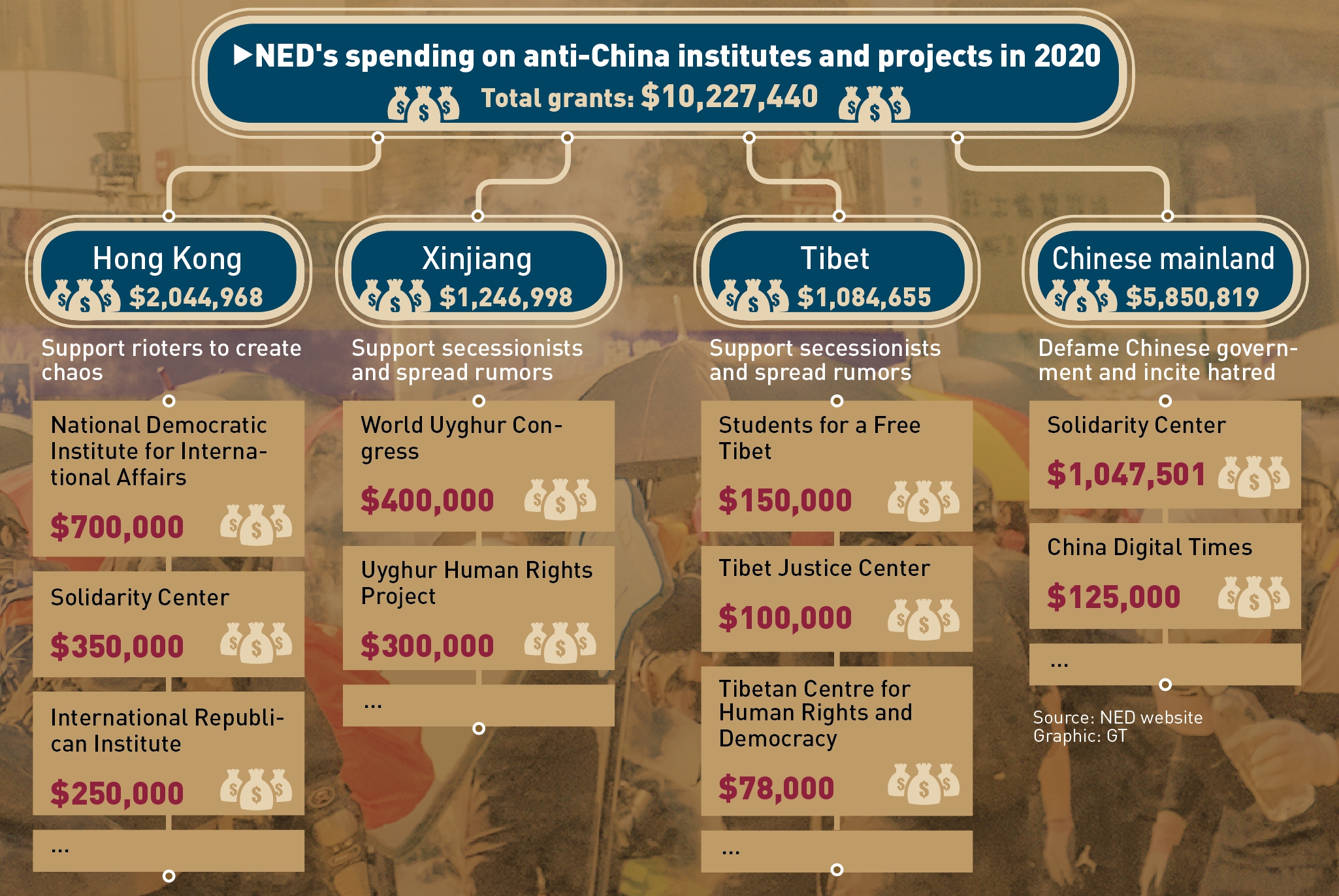COVID-19: Malaysia announces new stimulus package
Malaysia has announced a new stimulus package, with some assistance targeting small and medium enterprises. It comes a day after an indefinite extension of a nationwide lockdown. But some SMEs are saying it does not go far enough to address their financial woes.
PM unveils RM150bil Pemulih aid package | The Star
PETALING JAYA: An aid package worth RM150bil has been unveiled to help the people, businesses, as well as those vaccinated under Phase One of the National Recovery Plan (NRP) to curb the spread of Covid-19.
The government will also provide a total amount of RM10bil direct fiscal injection.
In a special address, Prime Minister Tan Sri Muhyiddin Yassin on Monday (June 28) listed a number of initiatives under the package known as the "Pakej Perlindungan Rakyat dan Pemulihan Ekonomi (Pemulih)".
Here are the highlights:
The third phase of the BPR between RM100 and RM1,400 will be paid in September as well as payments for those with successful appeals. Altogether, a total of RM4.9bil will be paid out under BPR.
– Government to expand job seekers' allowance to Social Security Organisation (Socso) non-contributors, especially new graduates and informal sectors. They can register at MYFutureJobs and will receive an allowance of at least RM300.
– Bantuan Khas Covid-19 (BKC) initiative for several categories. They are:
i) Households of hardcore poor will receive RM500 in August, RM500 in November, and RM300 in December. Singles from this category will receive RM200 in August and RM300 in November.
ii) B40 households will receive RM500 in August and RM300 in December. Singles from this category will receive RM200 in August.
iii) M40 households will receive RM250 while singles in this category will receive RM100 in August.
The BKC is expected to benefit more than 11 million households and the elderly as well as singles with an allocation of RM4.6bil.
– Government to allocate another RM1bil to ensure that the price of 1kg polybags of cooking oil remains at RM2.50,
– RM15mil will be allocated to non-governmental organisations to help social issues such as mental health, homelessness, and others.
– To address the cost of living issue, the government will maintain the retail price for RON95 petrol, diesel and LPG, which is expected to involve subsidies of RM6bil this year.
– The government will also implement a price control programme based on the threshold value of crude palm oil to control the price of 1kg to 5kg of cooking oil bottles.
– A discount on electricity bills of between 5% and 40% up to a maximum usage of 900 kilowatt-hours (kWH) a month will be given. This includes a 40% discount for usage that is below 200kWH, and 15% discount for usage that is between 201kWH and 300kWH. All in, the rakyat is expected to save up to RM346mil in electricity bills over three months from July.
– Economic sectors that have been badly hit – particularly hotel operators, theme park operators, convention centres, shopping malls and tour operators – will get a three-month extension of electricity bill discounts of 10% from October to December.
– Telecommunications companies have agreed to extend the 1GB of daily free data until the end of the year. This initiative is estimated to be worth RM500mil and will benefit 44 million registered users in the country.
– Additional RM500 to eligible recipients under the Prihatin Special Grant (GKP) 3.0 initiative, with payment expected to be made by mid-July this year. In total, the government has allocated a total of RM5.1bil via the GKP initiative.
https://dai.ly/x82at1w
– Understanding the struggle of the SMEs, the government announced an additional payment of RM500 under GKP 4.0 to eligible recipients which will be paid in September and another RM500 in November this year.
– The government will allocate RM18mil for local banks to provide about 30 units of mobile banks in Peninsular Malaysia, Sabah and Sarawak, which are expected to cover 250 rural localities.
Through this initiative, various banking services including opening of accounts; savings, withdrawal and transfer of money; bill payments as well as digital banking can be accessed.
– Government will continue the Wage Subsidy Scheme for the fourth time with an allocation of RM3.8bil, expected to benefit more than 2.5 million workers. Through this scheme, the government will support up to 500 workers per employer with assistance of RM600 per worker for four months. This will be two months for every sector in the second phase of the National Recovery Plan, and another two months for the sectors categorised as negative in the third phase of the NRP.
There are no salary limit conditions, and this means that employers can apply for the scheme even if their employees earn more than RM4,000 a month.
– Government will automatically exempt payments for the HRD levy for two months to employers who are not able to operate during phase one of the recovery plan.
– Employers from new sectors as a result of the expansion of the Human Resources Development Fund Act 2001 will be given a levy extension under Dec 2021. This initiative is estimated to be worth RM425mil.
– The Government will extend the PenjanaKerjaya programme that is due to end in June with several improvements. This includes reducing the salary eligibility limit from RM1,500 to RM1,200 ringgit for the “Malaysianisation” programme to give more incentives to employers to replace foreign workers with local workers. The employment contract period will also be reduced from 12 months to six months for employees aged 50 and above, the disabled and former prisoners.
https://dai.ly/x82assb
– EPF will introduce a new withdrawal facility called i-Citra where a total of 12.6 million EPF members can make withdrawals of up to RM5,000 with a fixed payment rate of RM1,000 per month for five months, subject to the member's total EPF savings.
This is expected to channel RM30bil to the people for their daily needs. Members can start applying for the facility on the i-Citra online portal at icitra.kwsp.gov.my from July 15, with the first payment expected to be credited to the member's account in August.
– An six-month automatic moratorium for all borrowers, regardless if they are from the B40, M40 or T20 groups. Borrowers will only need to apply and approval will be given automatically by the banks. It will be open from July 7, 2021. They are also required to apply and sign an agreement on the related loan terms.

CLICK TO VIEW PM'S FULL SPEECH
INFOGRAPHICS:
Govt launches PEMULIH Package worth RM150 bln, including fiscal injection of RM10 bln
According to him, the three focuses are Continuing the People’s Welfare Agenda, Supporting Businesses and Increasing Vaccinations.
“Since the Covid-19 pandemic hit our country, the government has implemented seven assistance programmes and stimulus packages with a total value of RM380 billion.
“So far, more than RM200 billion has been channelled and benefited more than 20 million people and 2.4 million businesses. Budget 2021 is worth RM322.5 billion and there is still RM100 billion to be spent until the end of this year,” he said during the announcement of the Pemulih package which was broadcast live on television today.
Muhyiddin said to focus on continuing the people’s welfare agenda, the government announced that until the end of this year, it would channel direct cash assistance to the people amounting to RM10 billion. This direct cash assistance includes Bantuan Prihatin Rakyat or BPR.
During the recent Pemerkasa Plus announcement, the government agreed to provide additional BPR payment of up to RM500 in July and the payment will be made in stages starting tomorrow, June 29.
Meanwhile, the third phase of BPR with aid of RM100 to RM1,400 will be paid in September.
September will also involve payments of approved BPR appeal cases.
In total, the BPR value until the end of the year was RM4.9 billion.
Meanwhile, to ensure that the people receive assistance in the coming months until the end of 2021, he also announced the provision of Special COVID-19 Assistance or BKC with the following rates and categories:
Hardcore poor households will receive assistance of RM500 in August, RM500 in November and RM300 in December.
Single individuals in the hardcore poor category will receive assistance of RM200 in August and RM300 in November.
B40 households will receive assistance of RM500 in August and RM300 in December and single B40 individuals will receive assistance of RM200 in August.
M40 households will enjoy assistance of RM250, while M40 singles will receive RM100 in August.
“Overall, this BKC grant is expected to benefit more than 11 million households, senior citizens and singles with an allocation of RM4.6 billion,” he said.
He said the government will also provide electricity discounts to domestic and non-domestic consumers where the government will bear an additional cost of RM1 billion.
To focus on supporting business, the government will channel several forms of assistance to ensure business continuity in these two phases.
Through this second focus, several approaches will be improved such as reducing employers’ costs, supporting digitalisation efforts, providing financial assistance and tax incentives, providing financing facilities and continuing employment incentives.
“The implementation of the Prihatin Special Grant or GKP has successfully supported business survival among small traders, especially those who are still not allowed to operate.
“Overall, the government has allocated a total of RM5.1 billion through the GKP initiative. Recently, under Pemerkasa Plus, eligible recipients had already received their GKP 3.0 payment of RM1,000 about two weeks ago and will receive a further RM500 in mid-July,” he said.
The government also understands the difficulties faced by micro, small and medium entrepreneurs at present and announces the provision of additional payments under GKP 4.0 to eligible recipients of RM500 to be paid in September and another RM500 in November 2021.
“The government hopes that with this GKP 4.0 payment, about one million micro, small and medium entrepreneurs, such as barbershop operators, workshop owners, bakery and cake shops, healthcare centres, etc can reduce their monthly liabilities and help their cash flow.
“What is important, for micro-entrepreneurs who have not yet received this assistance, registration will open in mid-July,” he said.
— Bernama Source link
Govt launches PEMULIH Package worth RM150 bln, including ...
PM announces Pemulih package, new cash aid BKC worth RM4.6 billion
KUALA LUMPUR: Prime Minister Tan Sri Muhyiddin Yassin is unveiling the government's latest aid package for the rakyat called Pakej Perlindungan Rakyat dan Pemulihan Ekonomi or Pemulih..
In a special address being broadcast live to the nation this evening, Muhyiddin said the package is worth RM150 billion, including the government's direct fiscal injection of RM10 billion..
Pemulih is aimed at giving a comprehensive aid to the rakyat based on three main focuses; continuing with the Prihatin Rakyat agenda, supporting businesses and increasing vaccination rate..
To ensure that the people continue to receive aid in the months to come until year end, Muhyiddin announced the Bantuan Khas Covid-19 or BKC worth RM4.6 billion which will benefit over 11 million households, senior citizens and singles in the Bottom40 (B40) and Medium40 (M40) categories..
.
"In the hardcore poor category, households will receive RM500 in Aug and Nov as well as RM300 in Dec while single people will get RM200 in Aug and RM300 in Nov..
"Households in the B40 category will get RM500 in Aug and RM300 in Dec while single people will receive RM200 in Aug..
"The M40 households and singles, he said, will get RM250 and RM100 respectively in Aug," he said..
https://youtu.be/P3_hgMNUQqk
Phase 3 of the BPR, he said, where the assistance ranges between RM100 and RM1,400 will be paid out in September, along with payments for BPR appeal cases which have been approved..
Overall, the value of BPR stands at RM4.9 billion..
Muhyiddin said there will also be Bantuan Kehilangan Pendapatan where in Oct, Rm500 will be channeled to workers who had lost their income based on the Employees Provident Fund (EPF) and the Social Security Organisation's (Socso) data this year..
The aid, he said, will benefit up to 1 million members with a financial implication of RM500 million..
"These three financial assistance from June to Dec this year are catered to those who are in need. I hope it will help the beneficiaries for their survival in the coming months, insyaAllah..
"I am aware that many have been badly affected for over a year since the pandemic started. Although millions of Malaysians have benefited from cash assistance since March last year and many had received government aid of sorts, I understand that assistance must continue to be stepped up for as long as this crisis lasts..
"The government will try its best to ease the burden shouldered by the people and we will not stop to do our best," he said..
Muhyiddin added that the government will expand the Elaun Mencari Pekerjaan (Job-Seeking Allowance) to Sosco non-contributors, especially new graduates, school-leavers and informal sector workers where those who are registered under MyFutureJobs are set to receive at least a RM300 allowance..
The government, he added, will allocate RM125 million through the Human Resource Development Corporation to implement the Place and Train initiative under the Janapreneur programme especially for school-leavers and graduates..
"This initiative is expected to offer opportunities to 30,000 people to undergo skill training programmes with the assurance of job employment once it concludes..
"The Malaysian Digital Economy Corporation will enhance its existing programmes which are eRezeki and Glow to assist over 20,000 job seekers in the gig economy sector," he said..









